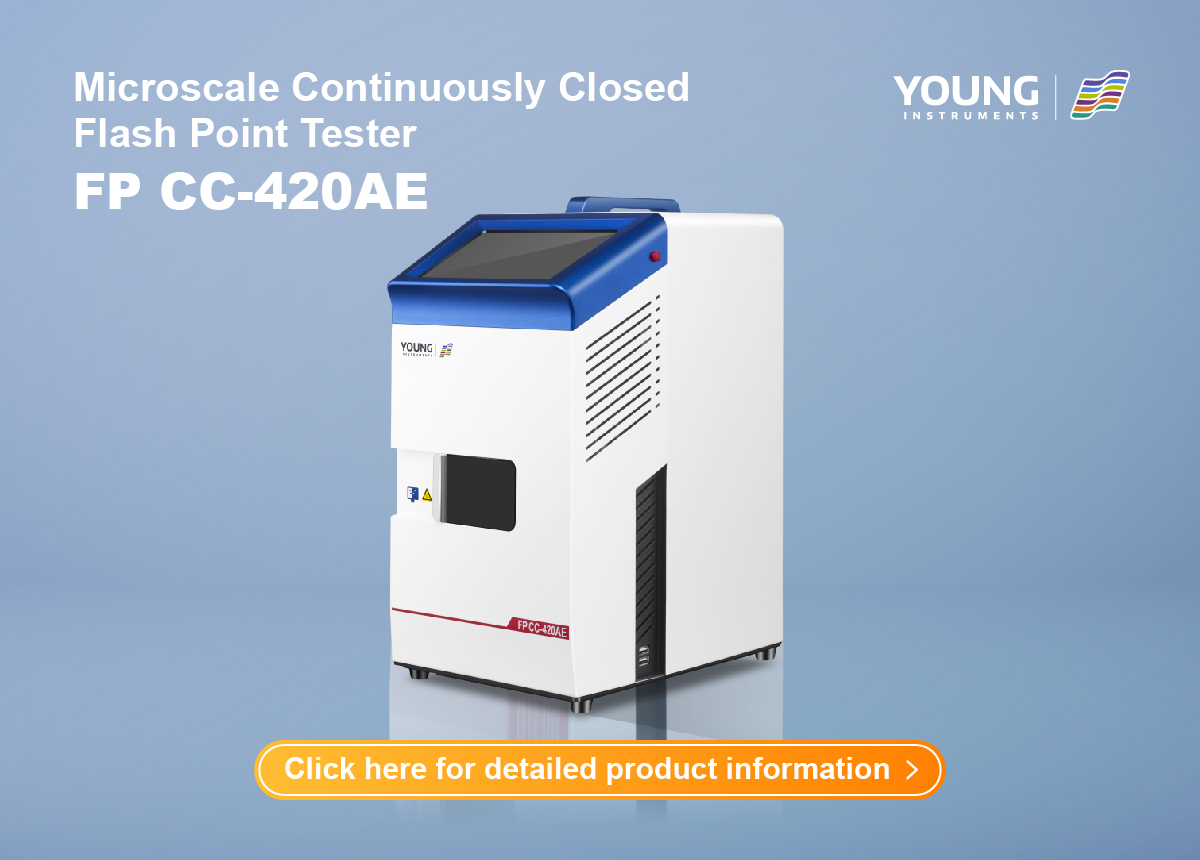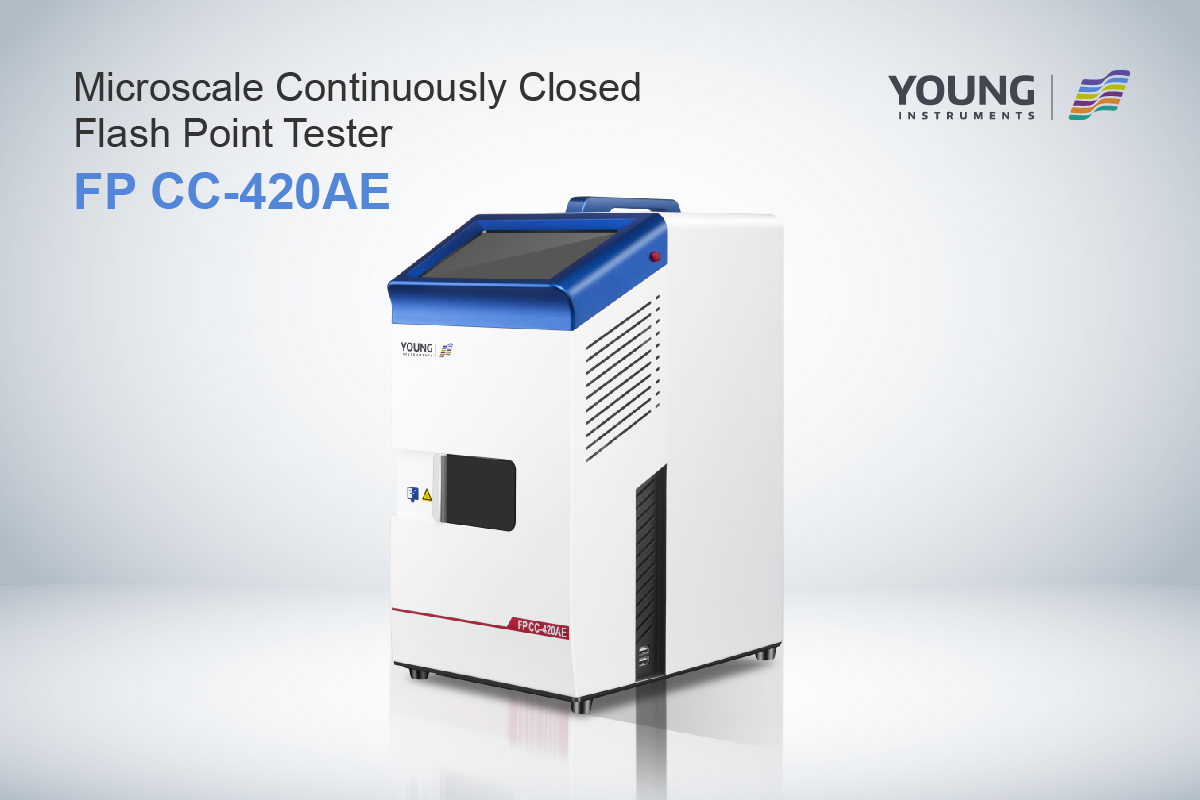Closed Cup Flash Point Apparatus: A Comprehensive Guide
If you work in the field of petroleum, you may be familiar with the term “closed cup flash point apparatus.” This apparatus is used to determine the flash point of a liquid, which is the lowest temperature at which it will ignite when exposed to an ignition source. The closed cup flash point apparatus is a critical tool in ensuring the safety of handling and transporting petroleum products.
The closed cup flash point apparatus comes in two main types: the Pensky-Martens and the Abel. The Pensky-Martens apparatus is the most commonly used, as it is more accurate and easier to use than the Abel apparatus. The Pensky-Martens apparatus consists of a test cup, a lid with a built-in thermometer, and a heating unit. The test cup is filled with the liquid to be tested, and the lid is closed. The heating unit then raises the temperature of the liquid at a controlled rate, while the thermometer measures the temperature. When the liquid reaches its flash point, a small flame appears above the surface of the liquid, and the temperature is recorded.
Principles of Operation
Flash Point Concepts
The flash point of a flammable liquid is the lowest temperature at which it will ignite and burn when exposed to a source of ignition. This temperature is determined by the Closed Cup Flash Point Apparatus, which is a device that measures the flash point of a liquid in a closed container. The flash point is an important safety parameter for flammable liquids, and it is used to classify and regulate the transportation, storage, and handling of these liquids.
Measurement Techniques
The Closed Cup Flash Point Apparatus uses one of several methods to determine the flash point of a liquid, including the Pensky-Martens method, the Abel method, and the Tag method. The Pensky-Martens method is the most common and reliable method used today, and it is standardized by ASTM D93, EN ISO 2719, and IP 34.
The Pensky-Martens method involves heating a small amount of liquid in a closed cup until it reaches its flash point. The cup is heated at a controlled rate, and the temperature is monitored using a thermometer. The flash point is reached when a small flame is briefly observed on the surface of the liquid. The temperature at which this occurs is recorded as the flash point.
The Closed Cup Flash Point Apparatus can be operated manually or automatically, and it can be used to determine the flash point of a wide range of liquids, including petroleum products, paints, solvents, and chemicals. The device is easy to use and provides accurate and reliable results, making it an essential tool for anyone working with flammable liquids.
Apparatus Components
The Closed Cup Flash Point Apparatus is a device that measures the flash point of flammable liquids and semi-solids. It consists of several components that work together to provide accurate and reliable results.
Test Cup Design
The test cup is the main component of the apparatus. It is designed to hold the sample and is equipped with a lid that can be opened and closed. The cup is made of a material that can withstand high temperatures and pressures without deforming or cracking. The most common materials used for the test cup are brass, stainless steel, and aluminum.
Heating Source
The heating source is responsible for heating the sample in the test cup. The most common heating sources used in Closed Cup Flash Point Apparatus are electric heaters and gas burners. Electric heaters are more precise and easier to control, but gas burners are more cost-effective and widely available.
Temperature Control
Temperature control is crucial in Closed Cup Flash Point Apparatus as it ensures that the sample is heated at a constant rate and prevents overheating. The temperature control system consists of a thermometer or a thermocouple that measures the temperature of the sample, and a heating controller that adjusts the heating source to maintain a constant temperature.
Ignition Source
The ignition source is used to ignite the sample vapors when the flash point is reached. The most common ignition sources used in Closed Cup Flash Point Apparatus are electric sparkers and pilot flames. Electric sparkers are safer and more reliable, but pilot flames are cheaper and require less maintenance.
In summary, the Closed Cup Flash Point Apparatus is a sophisticated device that requires careful selection and integration of its components. The test cup design, heating source, temperature control, and ignition source are the key components that determine the accuracy and reliability of the results.
Test Procedures
When using a closed cup flash point apparatus, it is important to follow the appropriate test procedures to ensure accurate and safe results. This section will outline the necessary steps for conducting a flash point test using a closed cup apparatus.
Sample Preparation
Before beginning the testing protocol, it is necessary to properly prepare the sample being tested. First, ensure that the sample is at the appropriate temperature for testing. This can be achieved by allowing the sample to reach room temperature or by heating it to the appropriate temperature using a heating source.
Next, ensure that the sample is properly mixed to ensure consistency throughout the sample. This can be achieved by stirring the sample with a stirring device.
Testing Protocol
To begin the testing protocol, fill the test cup with the prepared sample to the appropriate level. Next, cover the test cup with the test cover and shutter, ensuring that it is properly sealed.
Turn on the heating source and allow the sample to heat until the flash point is reached. The flash point is the temperature at which the sample ignites when exposed to an ignition source.
Once the flash point is reached, use the ignition source device to ignite the sample and record the temperature at which ignition occurs.
Safety Precautions
When conducting a flash point test using a closed cup apparatus, it is important to follow proper safety precautions to prevent injury or damage. Always wear appropriate personal protective equipment, including eye protection and heat-resistant gloves.
Ensure that the apparatus is properly grounded to prevent electrical hazards. Additionally, ensure that the apparatus is located in a well-ventilated area to prevent the buildup of flammable vapors.
Finally, ensure that all ignition sources are properly controlled and that all personnel involved in the testing protocol are properly trained in the use of the apparatus and the associated safety procedures.
Standards and Compliance
When it comes to Closed Cup Flash Point Apparatus, there are two main standards organizations that provide guidelines for testing procedures: ASTM International and ISO Standards.
ASTM International
ASTM International is a globally recognized leader in the development and delivery of voluntary consensus standards. They offer a range of standards for testing the flash point of petroleum products using the Pensky-Martens closed-cup method. ASTM D93-20 outlines the procedures for determining the flash point of petroleum products in the 40°C to 370°C range by manual or automated closed-cup apparatus. It also provides guidelines for determining the flash point of biodiesel in the temperature range of 60°C to 190°C.
The ASTM D93-20 standard is widely used by industry professionals and regulatory bodies to ensure the safety and quality of petroleum products. Compliance with this standard is important for companies that manufacture, distribute, or transport petroleum products.
ISO Standards
The International Organization for Standardization (ISO) is another widely recognized standards organization that provides guidelines for testing the flash point of combustible liquids using the Pensky-Martens closed-cup method. ISO 2719:2016 describes three procedures (A, B, and C) for determining the flash point of combustible liquids, liquids with suspended solids, and liquids that tend to form a surface film under the test conditions. It also provides guidelines for determining the flash point of biodiesel and other liquids in the temperature range of 40°C to 370°C.
Compliance with ISO 2719:2016 is important for companies that operate internationally and want to ensure that their products meet global standards. The ISO standard is widely recognized by regulatory bodies and industry professionals around the world.
In conclusion, compliance with ASTM International and ISO Standards is essential for ensuring the safety and quality of petroleum products. By following the guidelines outlined in these standards, companies can ensure that their products meet the highest standards of safety and quality, and can avoid potential legal and financial liabilities.
Maintenance and Troubleshooting
Routine Maintenance
To ensure accurate and reliable results, routine maintenance of the Closed Cup Flash Point Apparatus is essential. Here are some routine maintenance tasks that you should perform regularly:
- Clean the apparatus after each use with a soft cloth and a mild detergent. Avoid using abrasive materials or solvents that can damage the apparatus.
- Check the calibration of the temperature sensor regularly to ensure that it is accurate. You can do this by comparing the readings of the apparatus with a calibrated thermometer.
- Replace the ignition source regularly to ensure consistent performance. The frequency of replacement depends on the usage of the apparatus.
- Check the level of the test sample frequently to ensure that it is sufficient for the test. Refill the sample if necessary.
- Inspect the apparatus for any signs of damage or wear and tear. Replace any damaged parts immediately.
Common Issues and Solutions
Despite routine maintenance, issues may arise with the Closed Cup Flash Point Apparatus. Here are some common issues and their solutions:
| Issue | Solution |
| Apparatus does not heat up | Check the power supply and ensure that it is connected properly.Check the fuse and replace if necessary. |
| Apparatus heats up too slowly | Check the heating element and ensure that it is clean and free of any debris. Check the power supply and ensure that it is providing adequate voltage. |
| Apparatus produces inconsistent results | Check the calibration of the temperature sensor and the ignition source. Ensure that the test sample is at the correct temperature before starting the test. |
| Apparatus produces erroneous results | Check the cleanliness of the apparatus and the test sample. Ensure that the apparatus is not damaged or worn out. |
By performing routine maintenance and troubleshooting, you can ensure that your Closed Cup Flash Point Apparatus is in top working condition and produces accurate and reliable results.









































